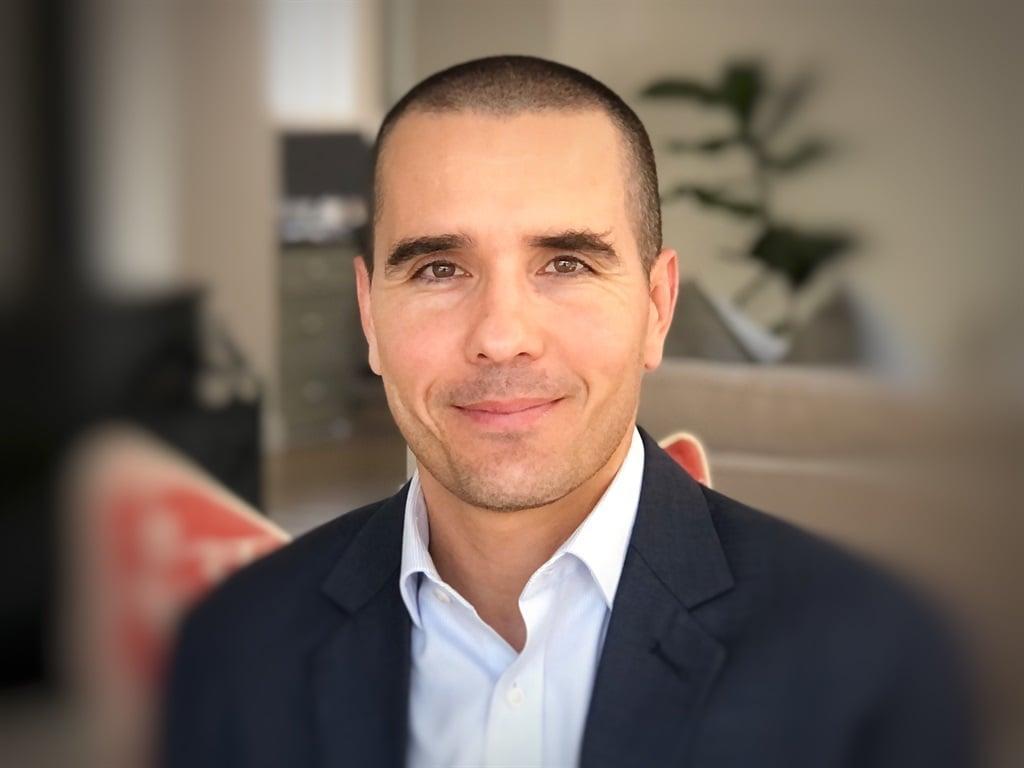Africa-Press – South-Africa. Whether you are an individual planning for retirement, a pension fund aiming to earn pre-defined returns for your members, a firm planning for a project or a family office with multi-generational aspirations, you must have a plan, says Hannes Viljoen.
In his fascinating book Against the Gods: The Remarkable Story of Risk, Peter L Bernstein invites us to think about building wealth in a unique way.
The explanation falls neatly into Prospect Theory, a concept brought to light by Nobel Laurette Daniel Kahneman and his now deceased co-worker, Amos Tversky, back in 1979.
In essence, Kahneman and Tversky propose that individuals are more influenced by the possibility of a loss than the prospect of an equivalent gain. The pair suggest that the prospect of a loss carries far greater weight than the prospect of a benefit of equal size.
To build wealth, your wealth needs to be allocated to investments that earn a return above inflation over time. If not, your purchasing power will diminish, and your wealth will decrease.
The investments you need to allocate to in order to achieve the feat will invariably have an element of uncertainty of outcome attached to them. If you were attending a horse race, and everyone knew the outcome beforehand, would the bookies give you favourable odds?
The paradox lies in the question: if investments need to be allocated where there is a probability of a loss and if I will experience that loss as more painful than an equal amount of gain, why should I risk it?
The only certainty here is that at some point, I will experience pain. This is investment, after all.
Or does it come down to the architect and brick builder?
The risk in constructing your desired pile of bricks has three key components. The first that the foundation is not strong enough. The second, the possibility that you might need to cease building for a while or stop altogether. And the third risk lies in trying to build a brick pile the hight of the tower of Babylon.
Building the foundation is often overlooked in investment management. As Albert Einstein said:
When the foundation is set, you need to have cash to start building. Not cash to buy bricks, but to start building. You need to have enough cash set aside, so that if the unexpected happens and you need liquidity, you don’t have to take a brick off the pile. Take Morgan Housel’s advice: invest like an optimist and save like a pessimist.
You need to have enough in liquid assets to sustain the building process. Enough that if the most pessimistic situation shows up, you will still be able to continue building. The power of compounding is often overlooked and misunderstood. Your wealth can only grow if you give it time to grow.
Lastly, do not swing for the fences at every pitch.
I used to believe that you can’t retire on risk-adjusted returns – that you need to go all out, all the time. I have since changed my mind. If risk-adjusted returns allow you to keep on adding to your unique personal pile, building wealth can be a lot easier.
If you aim to get maximum growth, all of the time, there is a probability that you might swing so hard you are not able to continue any more or that you are so debilitated by results, you tap out. Risk management, however you define it, must be front of mind in every investment decision being made.
For More News And Analysis About South-Africa Follow Africa-Press






